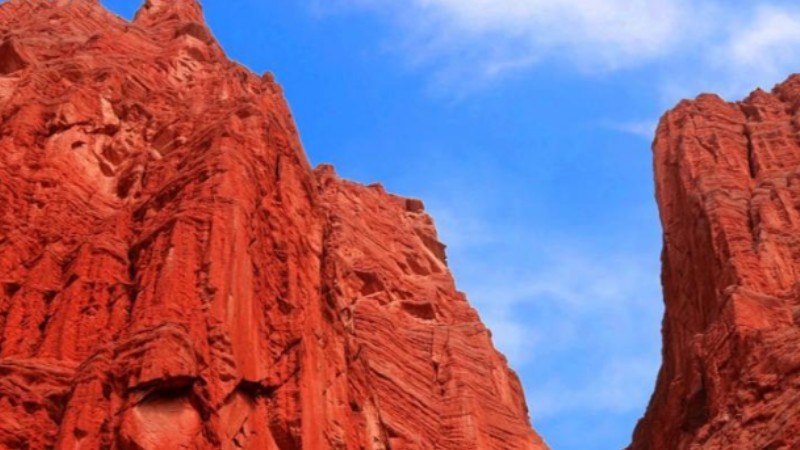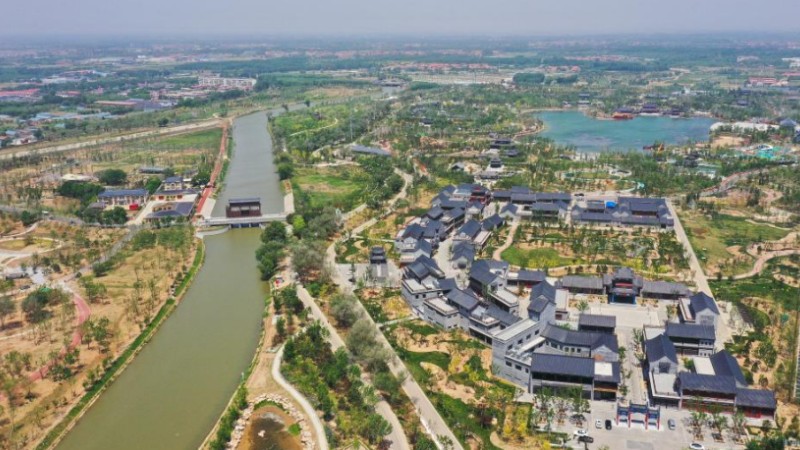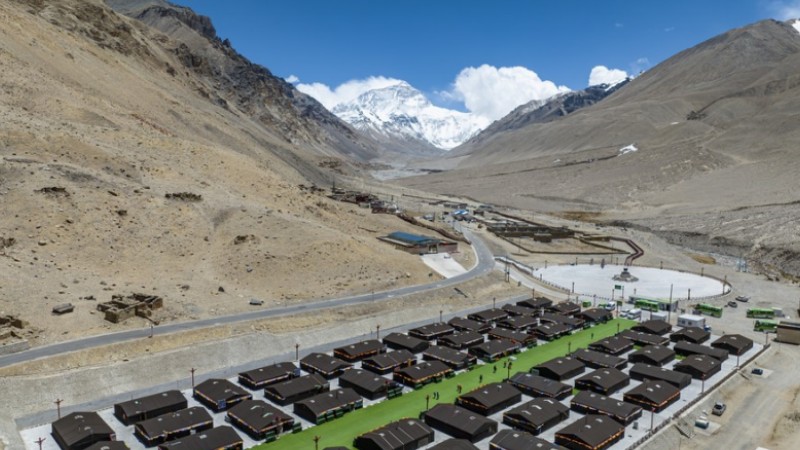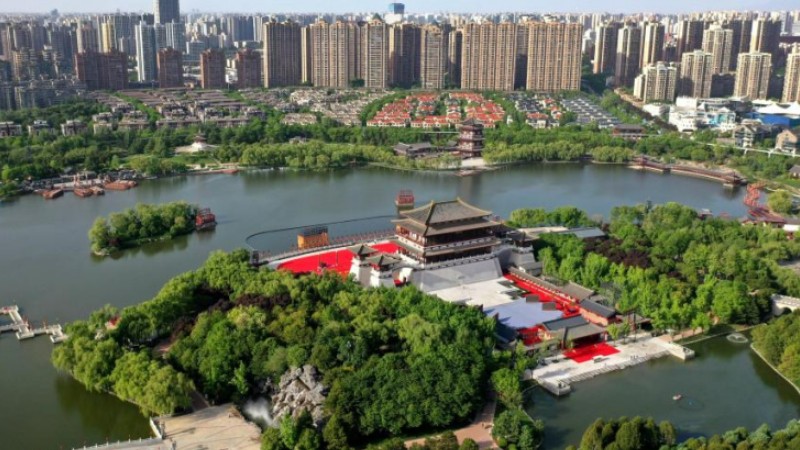Delegation witnesses Tibet's development first-hand
LHASA, May 23 (Xinhua) -- Abdilahi Ismail Abdilahi from Somalia felt like he was still flying in the air after he landed in Nyingchi, a city that sits at an average altitude of some 3,000 meters in southwest China's Tibet Autonomous Region.
During his very first trip to Tibet, Ismail found the place to be "very different" from what he had read in the news earlier on. "It's a pleasant surprise," he told Xinhua in an interview, adding that he was impressed by the green mountains, soaring highways, unique farming and pastoral areas and Tibetan-style buildings.
"Previously, I couldn't believe that Tibet was developing so fast," said Ismail, who teaches at the School of African Studies of Beijing Foreign Studies University.
Ismail visited Tibet from May 16 to 22, alongside more than 80 diplomatic envoys, experts in various fields, media and business representatives, and international students. He is not the only one who has been impressed by Tibet's social and economic development in recent years.
The delegation visited schools and communities in Nyingchi and the regional capital Lhasa and spoke with locals from various walks of life. They also visited major attractions including the Potala Palace, a UNESCO World Heritage site.
TIBET, WHERE MODERNITY MEETS TRADITIONS
Maria Gustava, Mozambique's ambassador to China, said she was amazed by how Tibet has prospered. "Tibet is becoming modern. It is closely connected with modern life, but still retains its own identity, its own tradition and its ecology to some extent, which is the combination of modern life and culture."
She said that the communities and villages are connected with hardened roads, which is remarkable. "The roads were built to reach people out there in the mountains, to reach people in very remote areas."
Statistics show that Tibet made further progress in the development of its transportation infrastructure in 2022, bringing the total length of roads open to traffic to 121,400 kilometers. Last year, the plateau region invested almost 16.39 billion yuan (about 2.33 billion U.S. dollars) in fixed assets for road transportation.
Maria Gustava said it is even more remarkable that people still have access to the internet and 5G in remote areas. "No matter where you are, even in its remote rural areas, you are still connected with the rest of the world."
Tibet had more than 9,500 5G base stations by the end of March, with the number of 5G users in the region nearing 1.03 million. In the meantime, the 5G network had covered the main urban areas of its 74 county-level areas.
After a visit to the No. 2 Primary School in Nyingchi, Maria Gustava said she was glad to see the high standard of education there. It is a public school that provides free schooling. "You never go wrong with education -- it is planting a seed that is going to bring fruits in the future," she said.
Her view was echoed by Muhammad Asghar, an experienced journalist from Pakistan, who described what is taking place in Tibet as a "totally different story."
Asghar noted that before his visit, he had thought he was going to a very underdeveloped place, where the infrastructure was perhaps not at all comparable to that in the southern or eastern parts of China.
"The education standard here is actually very high," Asghar said. He was impressed by the neat and clean school facilities, as well as the students' ability to speak both Tibetan and Mandarin. "They also study English and have art and computer classes."
The delegation also watched a Tibetan opera performance in Norbulingka, a UNESCO World Heritage site in Lhasa.
"As we watched the Tibetan opera, we could not help but form a circle to dance with the performers, and then we took a group photo while saying 'Tashi Delek' (meaning 'good luck' in Tibetan) together," said Wang Jianbin, a professor at the Beijing Foreign Studies University.
He said that during the trip, they witnessed the ways that Tibetan costumes, Tibetan opera and other forms of cultural heritage are being passed down through generations.
Thanks to continuous investment and huge support from the whole country, Tibet has undergone rapid development over recent decades. By the end of 2019, the autonomous region had eradicated absolute poverty. Tibet's GDP increased from 71 billion yuan in 2012 to 208 billion yuan in 2021.
The average life expectancy in Tibet increased from just 35.5 years in 1951 to 72.19 years in 2021. Tibet is the first provincial-level region in China to provide 15 years of public-funded education, from kindergarten to senior high school.
Photos
Related Stories
Copyright © 2023 People's Daily Online. All Rights Reserved.









